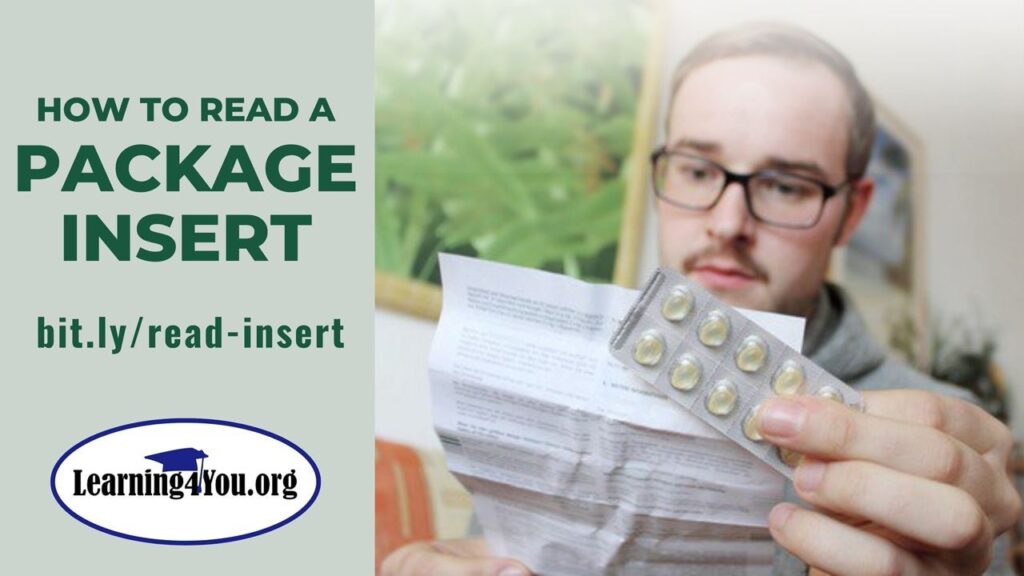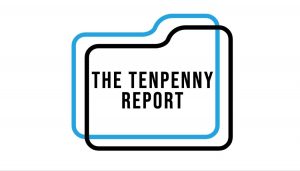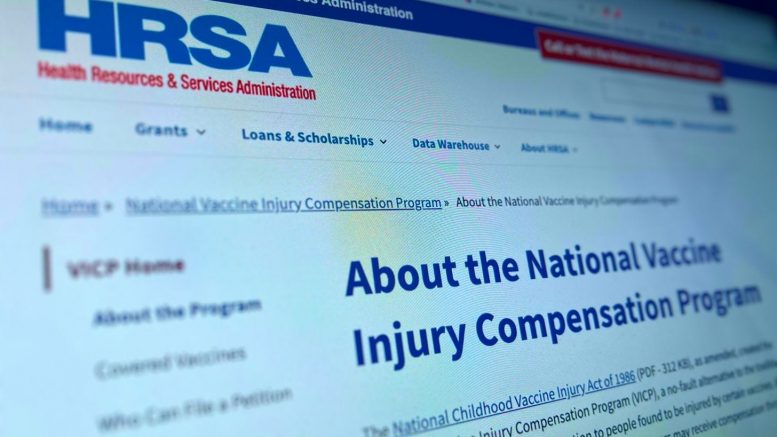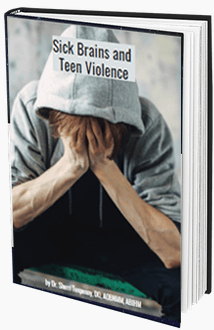Reprinted with permission from Jon Fleetwood
The spending bill reveals a multimillion-dollar American health problem.
United States Congress approved a $1.2 trillion spending bill last month, allocating tens of millions of dollars for expenses related to injuries caused by vaccines suffered by American children and adults.
As of March 2024, there have been 2,596,902 total adverse events linked to all vaccines since 1990, according to data from the Centers for Disease Control and Prevention’s (CDC) Vaccine Adverse Event Reporting System (VAERS).
1,635,048 (62.96%) of those vaccine injuries are linked to COVID-19 injections alone, which have only been available since December 2020.
However, a 2010 analysis submitted by Harvard doctors to the U.S. Department of Health and Human Services (HHS) Agency for Healthcare Research and Quality confirms that fewer than 1% of vaccine adverse events that do occur are ever reported to the CDC in the first place. (Note from Dr. Tenpenny’s team that doctors cite lack of time to report and the cumbersome navigation of the VAERS system as two of many examples for underreporting. Individuals are encouraged to report too, but also have difficulty navigating the system.)
If that’s correct, then there may have been closer to a quarter billion (259,690,200) injuries linked to all vaccines since 1990, the majority being related to COVID jabs.
First, the March spending bill assigns up to $9,975,000 to cover the cost of vaccine injuries associated with processing cases under the National Childhood Vaccine Injury Act:
“In addition, for expenses of the United States Court of Federal Claims associated with processing cases under the National Childhood Vaccine Injury Act of 1986 (Pub16 lic Law 99–660), not to exceed $9,975,000, to be appropriated from the Vaccine Injury Compensation Trust Fund,” the bill reads on page 199.
Second, the legislation allocates another $15,200,000 to the Vaccine Injury Compensation Program Trust Fund, which applies to both adults and children:
“For payments from the Vaccine Injury Compensation Program Trust Fund (the ‘Trust Fund’), such sums as may be necessary for claims associated with vaccine-related injury or death with respect to vaccines administered after September 30, 1988, pursuant to subtitle 2 of title XXI of the PHS Act, to remain available until expended be available from the Trust Fund to the Secretary,” page 488 reads.
Read the original article here.
After widespread vaccine use, people with side effects had no mechanism for compensation from the government or their doctors or vaccine manufacturers. As product liability law evolved, so did the mechanism for compensation of vaccine-injured individuals. Manufacturers could be sued for harm caused by an improperly made vaccine. Doctors could be sued for administering a vaccine knowing it was contaminated or that it was likely to cause harm. In the US, the civil court system handled such cases.
The VICP was established by our government purportedly because they are interested in maintaining public health by vaccination. So, the US developed the VICP, a no-fault system for compensating people adversely affected vaccines. The government’s position was (and still is) that people have assumed the risk of the adverse events just by taking the vaccines. (Note that a proper and full informed consent is required, AND it helps to not have a blank package insert. Look at this article that says the package insert is blank because the information is online. Umm…ok, that makes sense.)

Click on the image to take Dr. Tenpenny’s package insert course: https://learning4you.org/courses/how-to-read-a-package-insert/
Still, the government adopted a “no-fault” way to compensate those harmed. The Cutter Incident from the 1950s was a major driver for the VICP formation. In 1955, 200 people were paralyzed or even died after contracting polio from the Salk vaccine, in which the viruses were still active.
Families filed lawsuits that were settled out of court and paid by the vaccine manufacturers. Many issues existed. There were no standards set to determine whether the adverse event was actually caused by the vaccine, so many manufacturers were not found negligent but still required to pay the victim. Matters were decided case by case with little medical or scientific data entering into the case.
In the 1980s, as vaccines increased dramatically, so did the lawsuits. Larger and larger payouts were made, particularly from the combined diphtheria-pertussis-tetanus (DPT) immunization. Pharmaceutical companies were leaving the vaccine business to avoid the large payouts and legal fees. In 1984, only one company still manufactured DPT.
The government viewed this as a precarious position. We needed vaccines! Therefore, in October 1986, the U.S. Congress formed the VICP. The VICP program is administered by the US Dept. of Health and Human Services. Within that agency, Health Resources and Services Administration (HRSA) administers it, specifically The Division of Injury Compensation Programs, Healthcare Systems Bureau.
HHS hosts the program and conducts the medical reviews of petitions and claims made by vaccine-injured individuals. HHS also makes the court-ordered compensation payments. The US Court of Federal Claims makes the final decision regarding whether a petitioner is compensated, and the court also decides the type and amount of compensation.
How are victims paid? The Vaccine Injury Compensation Trust Fund provides funding for the VICP. Each vaccine is taxed 75 cents and that tax from each dose feeds the trust fund. Vaccines that prevent multiple diseases are taxed per disease; for example the MMR vaccine (measles, mumps, rubella) is taxed $2.25. The tax is collected by the US Department of Treasury who manages the trust fund.
Here is how HRSA describes the VICP on its own website: The National Childhood Vaccine Injury Act of 1986 created the National Vaccine Injury Compensation Program (VICP) to provide compensation to people found to be injured by certain vaccines. Even in cases in which such a finding is not made, petitioners may receive compensation through a settlement.
The VICP was established after lawsuits against vaccine manufacturers and healthcare providers threatened to cause vaccine shortages and reduce vaccination rates. The first cases (claims) were made in 1988.
The VICP has several objectives and it is interesting to look at the order in which HRSA lists them because it is assumed to be a prioritized order:
- ensure an adequate supply of vaccines
- stabilize vaccine costs
- establish and maintain an accessible and efficient forum for individuals found to be injured by certain vaccines
In December 2016, several amendments were made. First, the VICP was expanded to cover new categories of vaccines not previously covered. HRSA cites the example of CDC-recommended vaccines for pregnant women. Second, the amendment made it clear that for the vaccines administered to pregnant women, that claims could be filed for both the woman and the live-born child.
Note that VICP does have an advisory board called The Advisory Commission on Childhood Vaccines, consisting of nine voting members who advise and make recommendations to the Secretary of Health and Human Services on issues relating to the operation of the VICP and on ways to improve it. (Also note that other agencies like FDA completely ignored their advisory board when it came to the COVID-19 vaccines.)
How well does VICP work? Is it effective? Do they listen to their advisors? Are Americans being compensated well, and what are the plans for the bow wave of COVID vaccine injury filings? This will be the topic of an upcoming article. Stay tuned.
++++++++++++++++++++++++++++++++++++++++++++++++++++++++++++++++++++
 Like what you’re reading on The Tenpenny Report? Share this article with your friends. Help us grow.
Like what you’re reading on The Tenpenny Report? Share this article with your friends. Help us grow.
Get more of Dr. Tenpenny’s voice of reason at her website.
Join our list here
Make a donation here (and thank you!)
++++++++++++++++++++++++++++++++++++++++++++++++++++++++++++++++++++
Jon Fleetwood reports on hidden news and peer-reviewed journal articles to challenge mainstream health narratives. You can read his work on Substack, and can also find him on Instagram and Twitter: Follow Jon Fleetwood on Instagram @realjonfleetwood / Twitter @JonMFleetwood.





